
Fairlies – Grian Chatten
this blog is GROOVY – check out great Soul, Funk, Jazz, Hip Hop, Bass, Breaks , Reggae, House n many more TUNES
Ah, indie music! It’s a genre that dances on the line between cool and alternative, with a sprinkle of DIY magic. Grab your headphones and get comfy as we vibe through the history of this eclectic genre, tossing in some fun facts about its quirky musicians along the way.
Indie music has roots that stretch back to the 1960s when bands started exploring sounds outside the mainstream record labels. Think of it as artists saying, “We’re going to do our own thing!” The ethos was all about freedom and self-expression. Early pioneers included The Velvet Underground and The Byrds, who didn’t give two hoots about commercial success—they were just jamming for the love of it.
Fast forward to the late ’70s, and you’ll see indie finding its feet—thanks in part to punk rock. Bands like The Ramones broke down barriers while other groups began forming small labels, paving their paths away from corporate control.
By the ’80s, indie wasn’t just a whisper; it became a roar! Labels like Sub Pop opened up shop in Seattle (hello grunge!) and nurtured acts such as Nirvana and Soundgarden. Nirvana’s rise brought a ton more eyes (and ears) onto indie music—who knew flannel shirts could be so edgy?
In this exciting time, bands learned they could make catchy tunes without losing their creative spark or submitting to major label pressures. Enter iconic albums like Pixies’ Surfer Rosa and R.E.M.’s Murmur, which showcased how diverse indie could be!
Ever noticed how many great bands have bizarre names? For example:
If you thought things were wild before—you ain’t seen nothing yet! The ’90s saw another explosion thanks to slackers embracing that lo-fi aesthetic while sipping on coffee laced with melancholy vibes.
This era was marked by mega-hits but still pulled heavily from those humble DIY beginnings—a true mix tape creation! Suddenly everyone wanted to find “the next big thing.” Enter bands like Beck with his album Odelay, combining genres like rap with folk—he did what he wanted!
And then there was Alanis Morissette bringing angst into pop scenes—she sold tons but stayed rooted enough not to lose her quirks (we’re still singing “You Oughtta Know”).
Here’s another funny nugget…
Also:
As we cruised into the new millennium, technology shook things up even more! With platforms popping up all over online spaces (hello Napster), independent artists found new ways to get heard without needing big-label backing.
By now, you’d hear buzzwords like “emo,” “post-rock,” or even “twee”—a term half invented by British bands obsessed with cuteness mixed into melancholic soundscapes.
Enter groups:
Remember how everyone thought Wolf Parade was referencing wolves? Nope! It’s actually a nod at one neighborhood park—it’s always random connections keeping us guessing!
Fast-forwarding again—we’re here today vibing through modern channels filled with shoegaze whispers or bedroom pop mentors crafting cozy tunes within walls far removed from studios’ prying eyes.
Artists such as Phoebe Bridgers are making waves online by channeling personal heartache through relatable lyrics whilst brands go giddy over TikTok virality —but hey guess what? They’ve also made smashing hits independently!
Pro tip: If you’re hunting groovy underground gems right now look no further than Bandcamp where undiscovered legends await eager ears just waiting for someone crazy cool enough to listen.
Here’s wrapping things up…
Did you know?
And there ya have it—the groove-fueled ride through indie music history spiced generously with oddball moments worth chuckling over among friends sipping cold brews or hot cocoa (your choice!). So next time you’re jamming out solo—or sharing mixtapes—remember each melody carries countless stories woven together under this wonderfully weird umbrella called “indie.” Keep vibin’! 🎶

Fairlies – Grian Chatten

Cool Cool (Sunset Mix) – James Alexander Bright
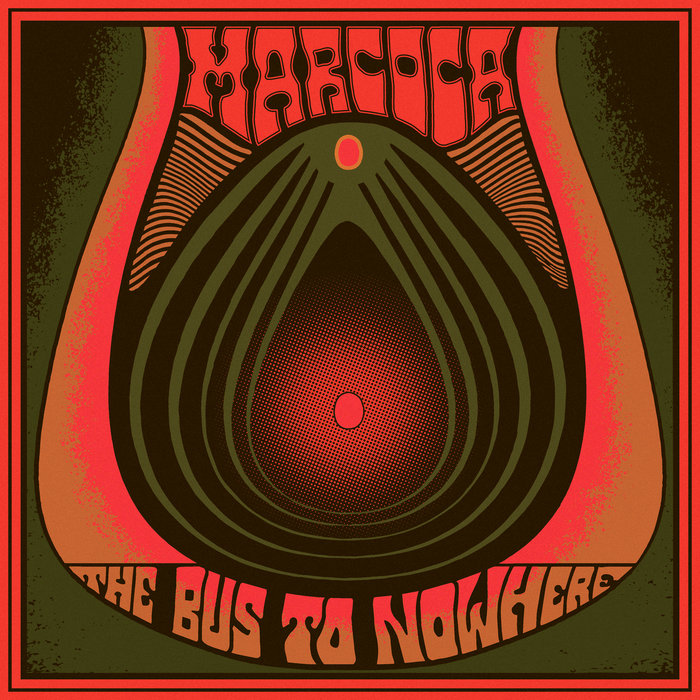
The Bus To Nowhere – Marcoca
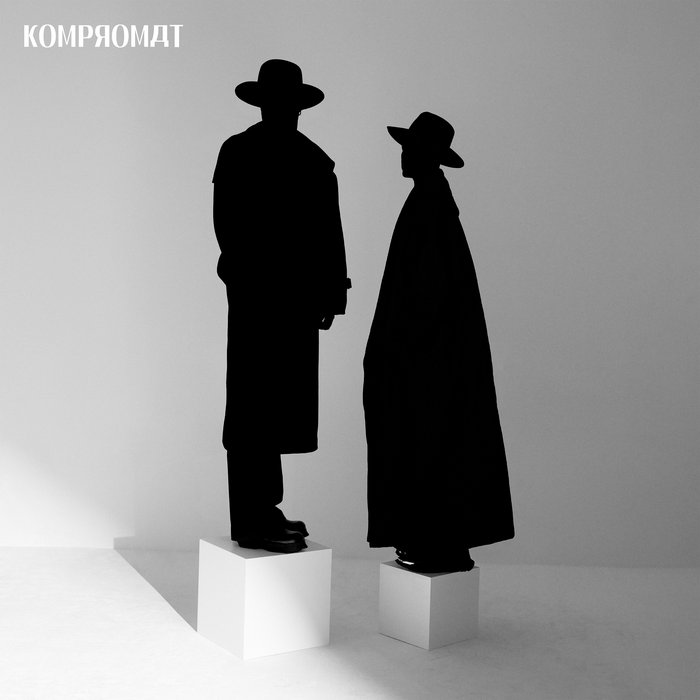
I LET MYSELF GO BLIND (feat. Vimala Pons & Sonia DeVille) – KOMPROMAT
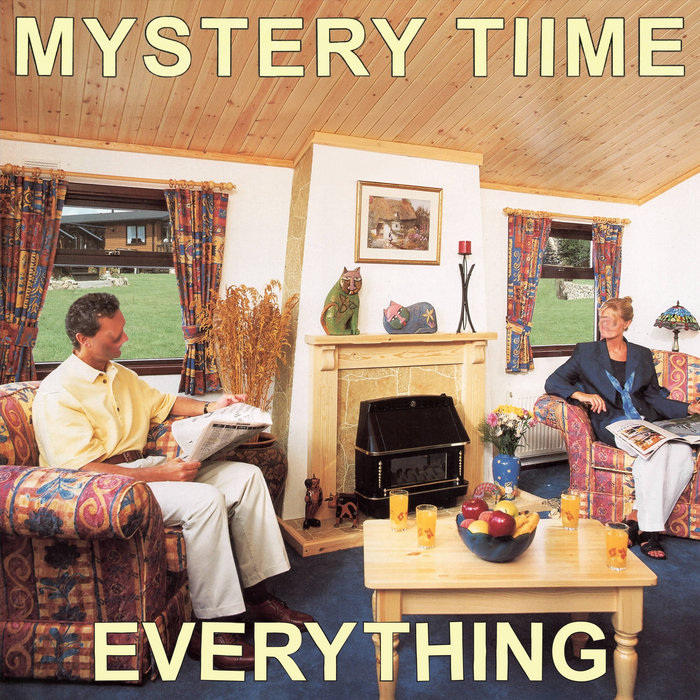
Everything – mysterytiime
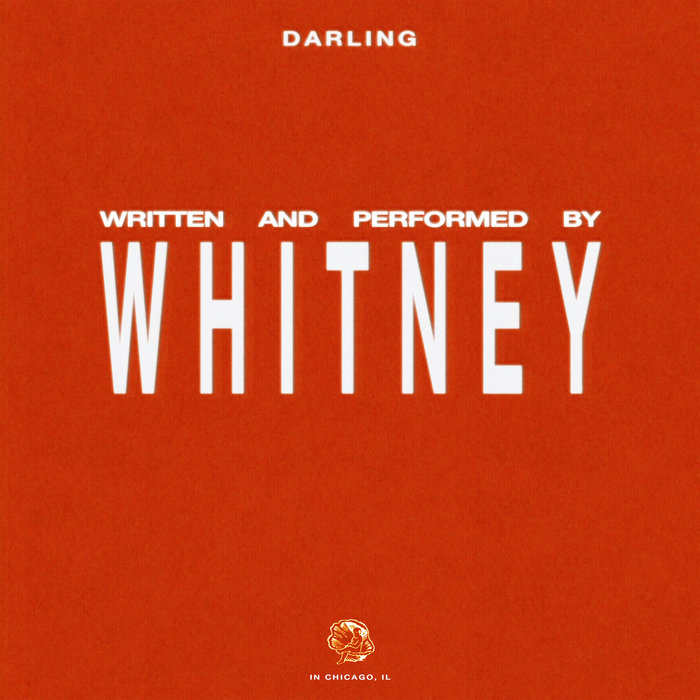
Darling – Whitney

10 – SAULT

Cool Cool – James Alexander Bright
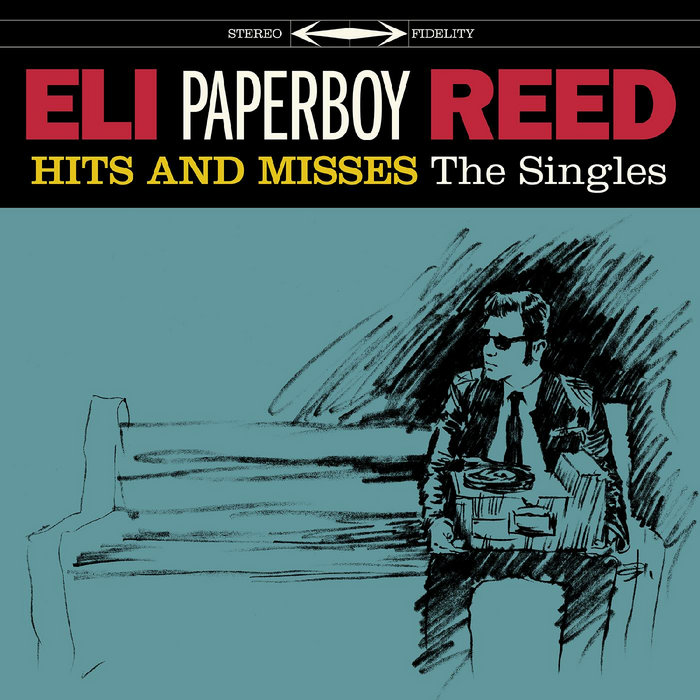
Let’s Straighten It Out – Eli Paperboy Reed
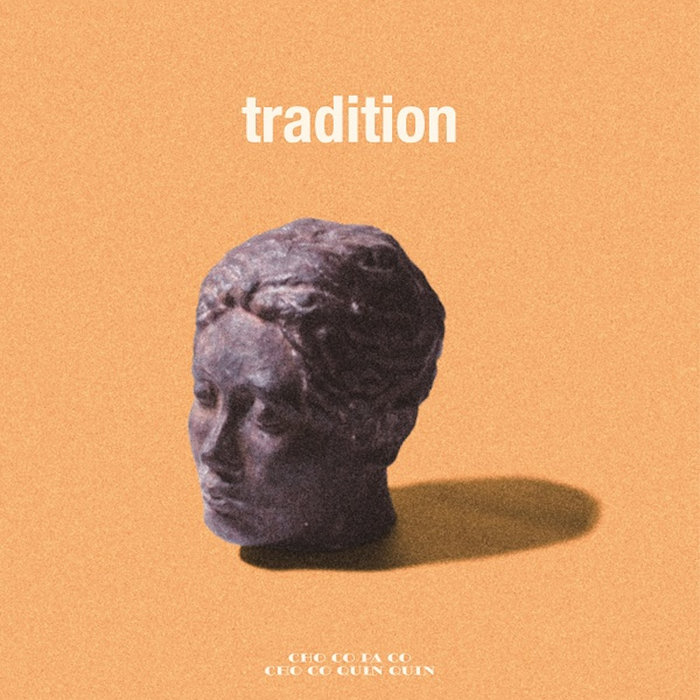
空とぶ東京 – CHO CO PA CO CHO CO QUIN QUIN